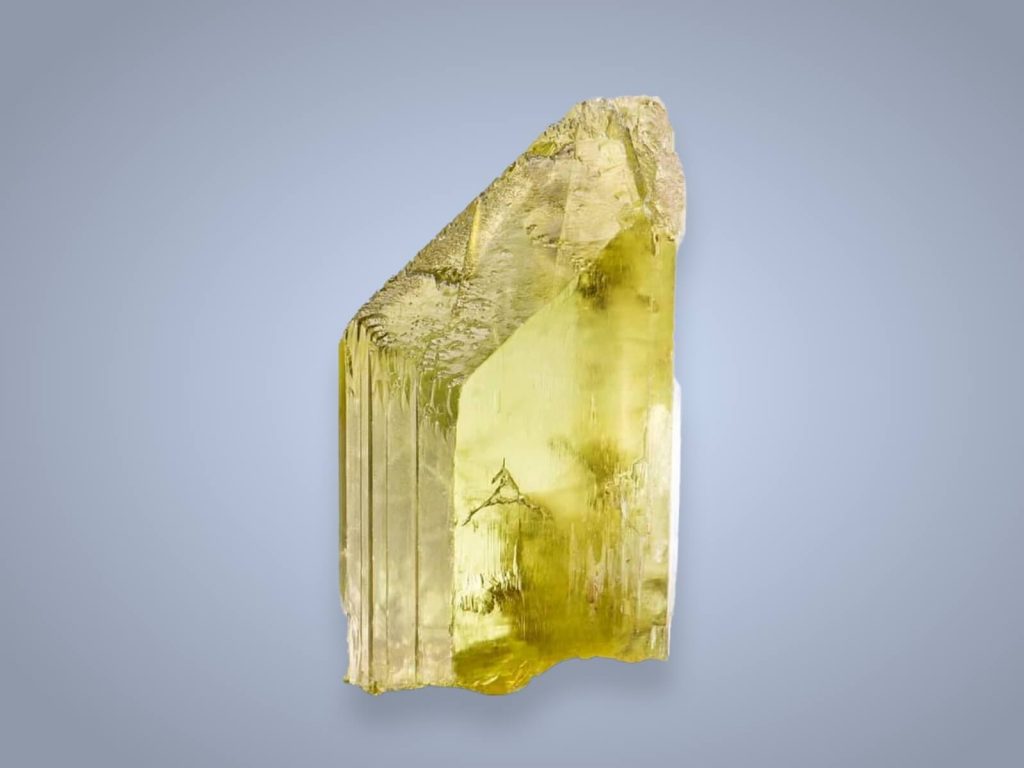Unlocking the Secrets of Rocks: Three Expert Ways to Identify Them

Rocks are fascinating geological formations that hold valuable information about our planet's history. Identifying rocks accurately is crucial for geologists, archaeologists, and enthusiasts alike. In this blog post, we will explore three expert ways to identify rocks, ensuring precision and reliability in your analysis. By following these methods, you will be able to unravel the mysteries hidden within rocks and gain a deeper understanding of our Earth's past.
- Visual Examination and Classification:
The first step in identifying rocks is through visual examination and classification. This method involves carefully observing the rock's physical characteristics, such as color, texture, and mineral composition. By using a hand lens or a microscope, you can examine the rock's grains, crystals, and any visible fossils. This visual inspection allows you to determine the rock's texture (e.g., coarse-grained, fine-grained) and identify key minerals present. Additionally, you can classify the rock into one of the three major rock types: igneous, sedimentary, or metamorphic. - Chemical Analysis:
To delve deeper into rock identification, chemical analysis plays a crucial role. Chemical tests can provide valuable insights into the composition and properties of rocks. One commonly used method is X-ray fluorescence (XRF), which determines the elemental composition of a rock sample. XRF analysis helps identify specific minerals present and their relative abundances. Another technique, known as thin-section analysis, involves slicing a rock sample into thin sections and examining it under a polarizing microscope. This method allows for the identification of minerals based on their optical properties, such as birefringence and pleochroism. Chemical analysis provides a more detailed understanding of a rock's composition, aiding in its identification. - Petrographic Analysis:
Petrographic analysis involves studying the microscopic features of rocks to identify their origin and formation processes. This method requires the preparation of thin sections, which are then examined under a petrographic microscope. By analyzing the rock's texture, mineral assemblages, and any structural features, petrography can provide valuable information about the rock's history. This technique helps identify specific rock types, such as basalt, granite, sandstone, or limestone, and can even reveal details about the rock's depositional environment or metamorphic conditions. Petrographic analysis is a powerful tool in rock identification, enabling a comprehensive understanding of their geological significance.
Conclusion:
Identifying rocks accurately is a complex process that requires a combination of visual examination, chemical analysis, and petrographic techniques. By utilizing these three expert methods, you can unlock the secrets hidden within rocks and gain a deeper understanding of Earth's geological history. Whether you are a geologist, archaeologist, or simply a rock enthusiast, these approaches will ensure precision and reliability in your rock identification endeavors. So, grab your tools and embark on a journey to unravel the mysteries of rocks, one layer at a time.
